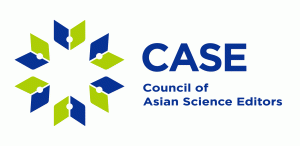Compliance of “Principles of transparency and best practice in scholarly publishing” in academic society published journals
Soon Kim (Nature, Korea)
“Predatory” journals have been rapidly appearing over the past decade. Although publishing practices vary by discipline or region, common ethical standards exist to ensure trusted peer-reviewed journals at the highest level. In an attempt to combat the rise of unethical and suspicious journals, Open Access Scholarly Publishers Association, the Directory of Open Access Journals, the Committee on Publication Ethics, and the World Association of Medical Editors declared the third version of “Principles of transparency and best practice in scholarly publishing” to ensure transparency and quality in journal publications in 15 January 2018.
This study focused only on academic society journals that are registered on the SCIE. Total 16 best practices were divided into four different categories: basic journal information; publication ethics; copyright and archiving; and profit model. In the process of checking each practice, the 16 practices were specified with sub-items, and a total of 33 items were checked manually through journal websites. In the basic journal information, readership, no guarantee of manuscript acceptance and author fees were classified as poorly practiced items.
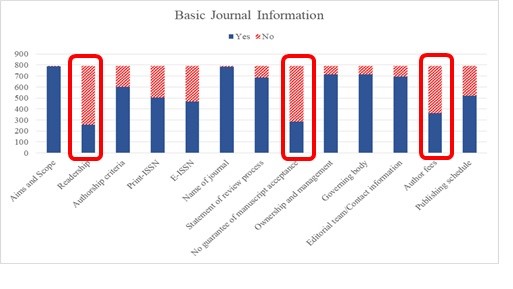
In the publication ethics information category, there was no item that was well practiced. In particular, COPE’s guideline; data sharing and reproducibility; and post publication discussion were poorly practiced. Stating the data sharing policy in the author guidelines makes the authors actively participate in data archiving. The detailed adoption level should be also announced on the journal homepage.
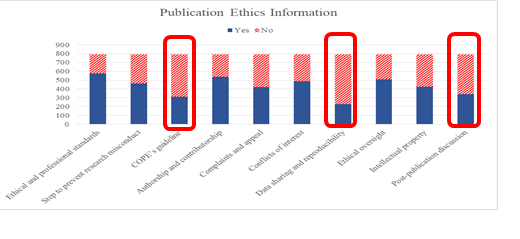
Regarding copyright and archiving information category, most items were well practiced. Creative Commons and open-access items were adequately practiced. However, Policies on the posting of accepted articles with third parties and archiving are the most poorly practiced item in this category. SHERPA/RoMEO, which provides a journal deposit policy, could be a good channel to use for the enhancement of policies on the posting of accepted articles on the third party. SHERPA/RoMEO is not yet commonly used in Asian countries, so Asian journals editors need more attention how to use the SHERPA/RoMEO site effectively.
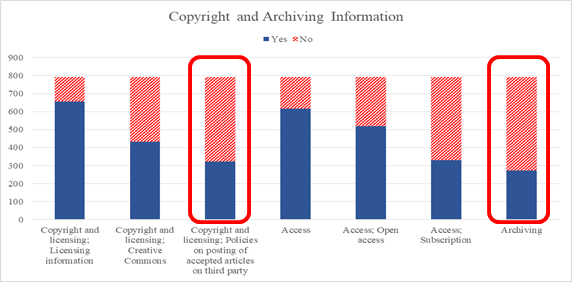
Among the Business models or revenue sources category, all were classified as poorly or rarely practiced. In particular, revenue sources were rarely practiced. Most Asian journals are published by non-profit organizations such as academic societies, journal editors’ awareness of the profit model is low. Business models or revenue sources (e.g., subscriptions, advertising) should be clearly stated on the journal homepage to avoid misleading authors on ethical feasibility. They should be separated from the journal content and it should also not influence the editorial decision.
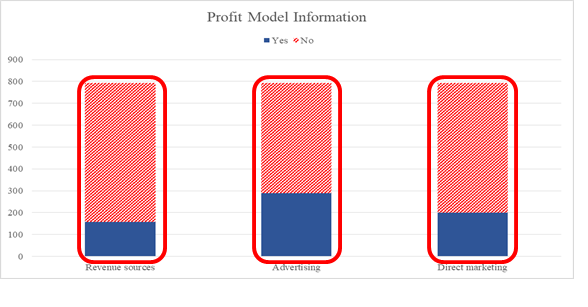
This study focused only on academic society journals that are registered on the SCIE, hence it is not be representative of the overall global peer-reviewed journal status. Society journal editors should continuously evaluate their journals regarding the “Principles of transparency and best practice in scholarly publishing” to keep up with a rapidly changing publishing environment. Asian editors are less trained, and difficulties are involved in attaining proper information on this matter. Council of Asian Science Editors, could be the best channel to provide information on the latest best practice guidelines.
